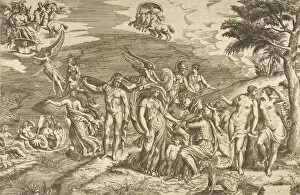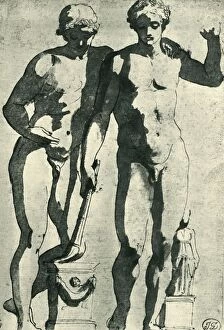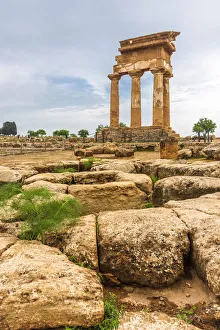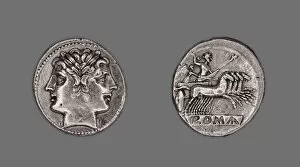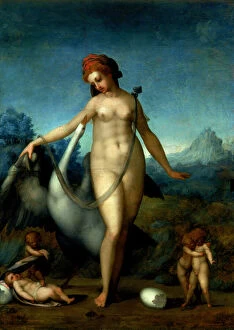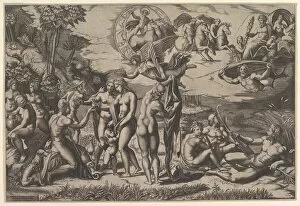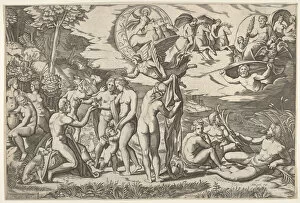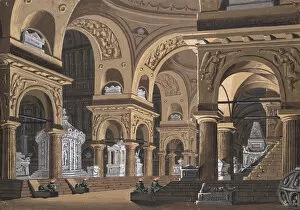Castor And Pollux Collection
"Castor and Pollux: Mythology, Art, and Legacy" In the realm of ancient Greek and Roman mythology, few figures captivate the imagination quite like Castor and Pollux
All Professionally Made to Order for Quick Shipping
"Castor and Pollux: Mythology, Art, and Legacy" In the realm of ancient Greek and Roman mythology, few figures captivate the imagination quite like Castor and Pollux. These twin brothers, known as the Dioscuri, have left an indelible mark on history through various artistic representations. One such depiction is "The Judgment of Paris, " a captivating artwork by Giulio Bonasone from around 1550-60. This piece portrays the pivotal moment when Paris awarded Helen to Prince Menelaus over Aphrodite's offer of love. Castor and Pollux stand alongside their sister Helen, embodying their role as protectors. Nicolas Poussin's masterpiece "Castor and Pollux" from c1628 further immortalizes these demigods. The painting showcases their divine presence amidst a serene landscape, emphasizing their connection with nature. Their influence extends beyond art into architecture as well. In Agrigento, Sicily stands the re-assembled remains of the temple dedicated to these revered twins - the Temple of the Dioscuri. Its ruins serve as a testament to their enduring legacy. Marcantonio Raimondi's sculpture titled "Horse Tamers (Dioscuri)" transports us to Rome during ca. 1560-1580. These magnificent statues depict Castor and Pollux subduing wild horses with strength and grace – symbolic of their mastery over both physical challenges and unruly forces in life. Nature also pays homage to them through majestic mountain ranges like Gorner Glacier or Monte Rosa's peaks named after them – Castor and Pollux mountains – reminding us that even landscapes can be touched by mythological tales. Coins minted throughout history have featured images honoring these legendary twins too; one such example is a Didrachm coin dating back to 225-214 BCE depicting Castor and Pollux in all their glory. Another is a Denarius coin from 49 BCE, showcasing their divine presence.





